The Hartford 2012 Annual Report Download - page 41
Download and view the complete annual report
Please find page 41 of the 2012 The Hartford annual report below. You can navigate through the pages in the report by either clicking on the pages listed below, or by using the keyword search tool below to find specific information within the annual report.-
 1
1 -
 2
2 -
 3
3 -
 4
4 -
 5
5 -
 6
6 -
 7
7 -
 8
8 -
 9
9 -
 10
10 -
 11
11 -
 12
12 -
 13
13 -
 14
14 -
 15
15 -
 16
16 -
 17
17 -
 18
18 -
 19
19 -
 20
20 -
 21
21 -
 22
22 -
 23
23 -
 24
24 -
 25
25 -
 26
26 -
 27
27 -
 28
28 -
 29
29 -
 30
30 -
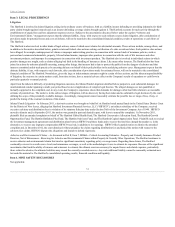 31
31 -
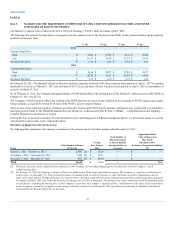 32
32 -
 33
33 -
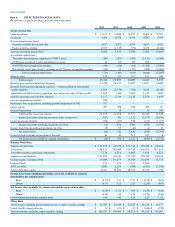 34
34 -
 35
35 -
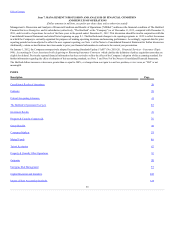 36
36 -
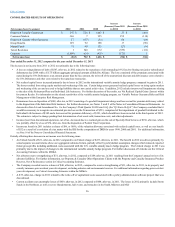 37
37 -
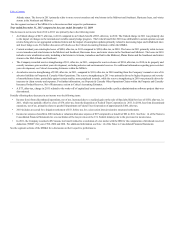 38
38 -
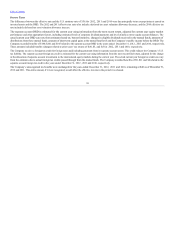 39
39 -
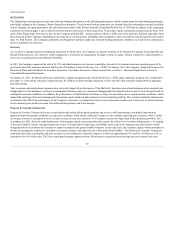 40
40 -
 41
41 -
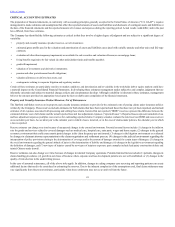 42
42 -
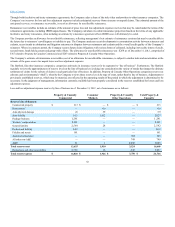 43
43 -
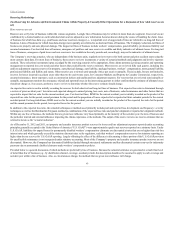 44
44 -
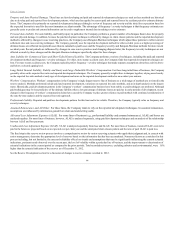 45
45 -
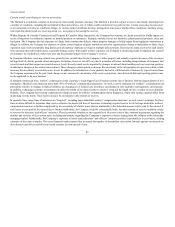 46
46 -
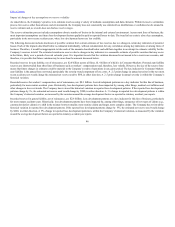 47
47 -
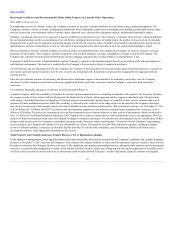 48
48 -
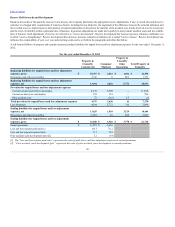 49
49 -
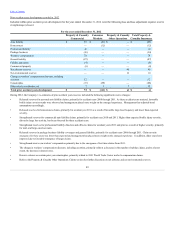 50
50 -
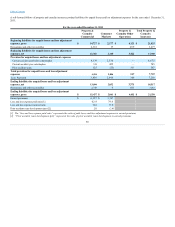 51
51 -
 52
52 -
 53
53 -
 54
54 -
 55
55 -
 56
56 -
 57
57 -
 58
58 -
 59
59 -
 60
60 -
 61
61 -
 62
62 -
 63
63 -
 64
64 -
 65
65 -
 66
66 -
 67
67 -
 68
68 -
 69
69 -
 70
70 -
 71
71 -
 72
72 -
 73
73 -
 74
74 -
 75
75 -
 76
76 -
 77
77 -
 78
78 -
 79
79 -
 80
80 -
 81
81 -
 82
82 -
 83
83 -
 84
84 -
 85
85 -
 86
86 -
 87
87 -
 88
88 -
 89
89 -
 90
90 -
 91
91 -
 92
92 -
 93
93 -
 94
94 -
 95
95 -
 96
96 -
 97
97 -
 98
98 -
 99
99 -
 100
100 -
 101
101 -
 102
102 -
 103
103 -
 104
104 -
 105
105 -
 106
106 -
 107
107 -
 108
108 -
 109
109 -
 110
110 -
 111
111 -
 112
112 -
 113
113 -
 114
114 -
 115
115 -
 116
116 -
 117
117 -
 118
118 -
 119
119 -
 120
120 -
 121
121 -
 122
122 -
 123
123 -
 124
124 -
 125
125 -
 126
126 -
 127
127 -
 128
128 -
 129
129 -
 130
130 -
 131
131 -
 132
132 -
 133
133 -
 134
134 -
 135
135 -
 136
136 -
 137
137 -
 138
138 -
 139
139 -
 140
140 -
 141
141 -
 142
142 -
 143
143 -
 144
144 -
 145
145 -
 146
146 -
 147
147 -
 148
148 -
 149
149 -
 150
150 -
 151
151 -
 152
152 -
 153
153 -
 154
154 -
 155
155 -
 156
156 -
 157
157 -
 158
158 -
 159
159 -
 160
160 -
 161
161 -
 162
162 -
 163
163 -
 164
164 -
 165
165 -
 166
166 -
 167
167 -
 168
168 -
 169
169 -
 170
170 -
 171
171 -
 172
172 -
 173
173 -
 174
174 -
 175
175 -
 176
176 -
 177
177 -
 178
178 -
 179
179 -
 180
180 -
 181
181 -
 182
182 -
 183
183 -
 184
184 -
 185
185 -
 186
186 -
 187
187 -
 188
188 -
 189
189 -
 190
190 -
 191
191 -
 192
192 -
 193
193 -
 194
194 -
 195
195 -
 196
196 -
 197
197 -
 198
198 -
 199
199 -
 200
200 -
 201
201 -
 202
202 -
 203
203 -
 204
204 -
 205
205 -
 206
206 -
 207
207 -
 208
208 -
 209
209 -
 210
210 -
 211
211 -
 212
212 -
 213
213 -
 214
214 -
 215
215 -
 216
216 -
 217
217 -
 218
218 -
 219
219 -
 220
220 -
 221
221 -
 222
222 -
 223
223 -
 224
224 -
 225
225 -
 226
226 -
 227
227 -
 228
228 -
 229
229 -
 230
230 -
 231
231 -
 232
232 -
 233
233 -
 234
234 -
 235
235 -
 236
236 -
 237
237 -
 238
238 -
 239
239 -
 240
240 -
 241
241 -
 242
242 -
 243
243 -
 244
244 -
 245
245 -
 246
246 -
 247
247 -
 248
248 -
 249
249 -
 250
250 -
 251
251 -
 252
252 -
 253
253 -
 254
254 -
 255
255 -
 256
256 -
 257
257 -
 258
258 -
 259
259 -
 260
260 -
 261
261 -
 262
262 -
 263
263 -
 264
264 -
 265
265 -
 266
266 -
 267
267 -
 268
268 -
 269
269 -
 270
270 -
 271
271 -
 272
272 -
 273
273 -
 274
274 -
 275
275 -
 276
276 -
 277
277 -
 278
278 -
 279
279 -
 280
280 -
 281
281 -
 282
282 -
 283
283 -
 284
284 -
 285
285 -
 286
286 -
 287
287 -
 288
288 -
 289
289 -
 290
290 -
 291
291 -
 292
292 -
 293
293 -
 294
294 -
 295
295 -
 296
296 -
 297
297 -
 298
298 -
 299
299 -
 300
300 -
 301
301 -
 302
302 -
 303
303 -
 304
304 -
 305
305 -
 306
306 -
 307
307 -
 308
308 -
 309
309 -
 310
310 -
 311
311 -
 312
312 -
 313
313 -
 314
314 -
 315
315 -
 316
316 -
 317
317 -
 318
318 -
 319
319 -
 320
320 -
 321
321 -
 322
322 -
 323
323 -
 324
324 -
 325
325 -
 326
326 -
 327
327 -
 328
328 -
 329
329 -
 330
330 -
 331
331 -
 332
332 -
 333
333 -
 334
334 -
 335
335
 |
 |

Table of Contents
Consumer Markets
The Company expects written premiums to be flat to slightly higher in 2013 compared to 2012, with growth in business sold through independent agents to
AARP members and flat to slightly higher written premium for AARP Direct. In 2013, management expects an increase in new business and improvement in
premium retention as the effect of renewal written price increases on retained business is anticipated to more than offset a slight decline in policy retention.
Within the Agency channel, management expects written premiums from policyholders other than AARP members to decline, driven by continued pricing and
underwriting actions to improve profitability, including efforts to reposition the book into more mature, preferred market business. Management expects that
the combined ratio before catastrophes and prior accident year development will be between approximately 89.5 and 92.5 for full year 2013 compared to the
90.8 achieved in 2012. For auto, the current accident year loss and loss adjustment expense ratio before catastrophes is expected to improve slightly for the
2013 full year driven by anticipated earned pricing increases that outpace slightly lower claim frequency and higher average claim severity. For homeowners,
the current accident year loss and loss adjustment expense ratio before catastrophes is expected to increase in 2013, driven by an expected return to more
normal non-catastrophe weather claim frequency after experiencing very favorable non-catastrophe weather claim frequency in 2012.
Group Benefits
Group Benefits premiums are expected to decline for 2013 as compared to 2012, reflecting the competitive environment coupled with pricing discipline with
respect to new sales and renewals with the goal of improving profitability. Specifically, Group Benefits did not renew its largest account effective January 1,
2013 due to pricing and other considerations. Overall, the reductions to premiums will not significantly impact Group Benefits profitability due to expected
improvements in the disability loss ratio as a result of pricing actions and improvements in claims management. The Company expects Group Benefits'
disability results to improve, contributing to a loss ratio between approximately 77 and 80 for full year 2013 as compared to the 79.5 achieved in 2012.
Mutual Funds
Mutual Funds has been offering new funds to improve our participation in asset classes where we see potential growth opportunities. Wellington now serves as
the primary sub-advisor for The Hartford’s retail mutual funds, including equity, fixed-income and asset-allocation funds.
Talcott Resolution
The principal goal for Talcott Resolution is to reduce the size and risk associated with the Company's U.S. and international in-force variable annuities. As a
result, the Company expects account values and consequently earnings to decline over time as fees decrease due to surrenders, policyholder initiatives or
transactions with third parties that will reduce the size of this legacy book of business. Our international variable annuity business will also continue to be a
significant driver of earnings variability due to hedge programs which generate mark to market gains and losses while the underlying international liabilities
being hedged are not marked to market. This can result in unpredictable earnings volatility period to period.
40
